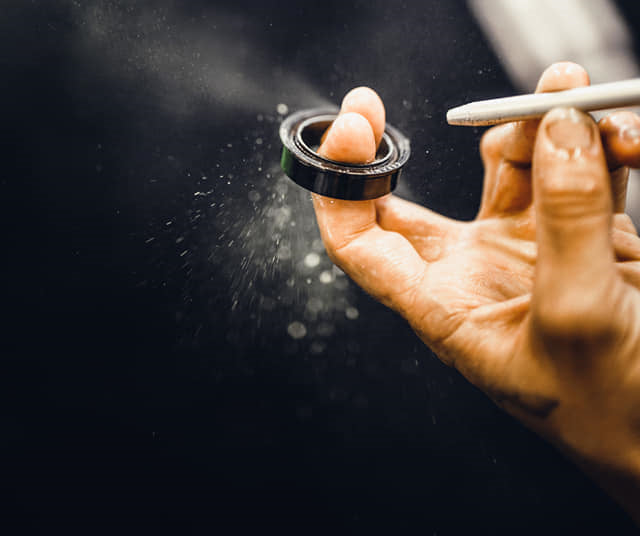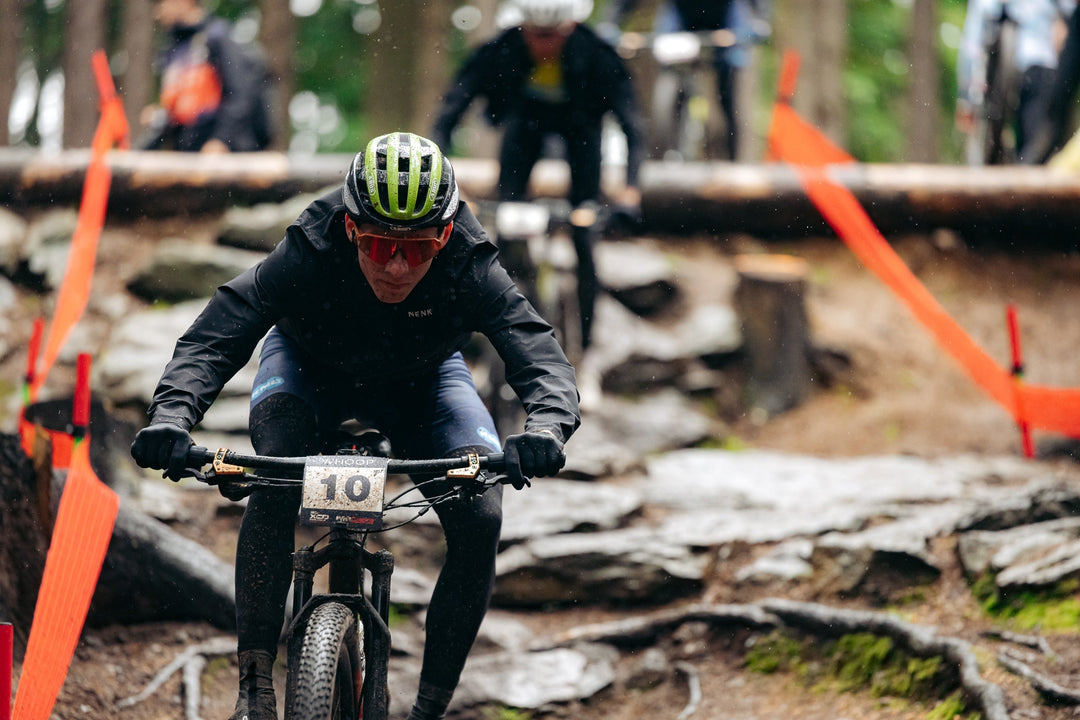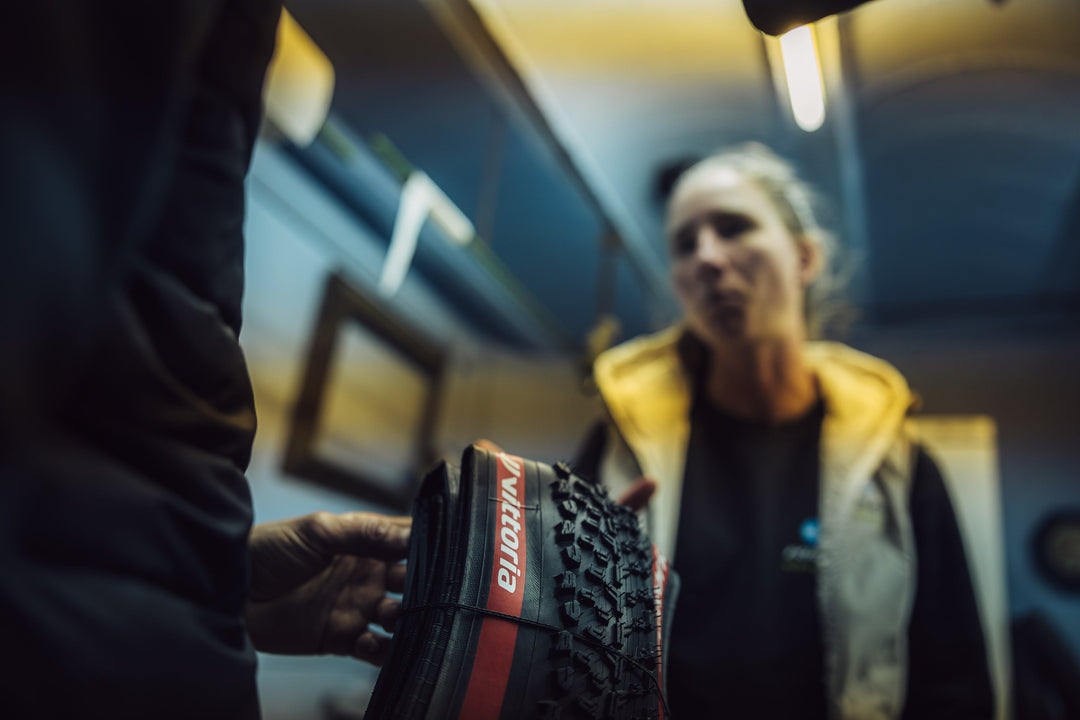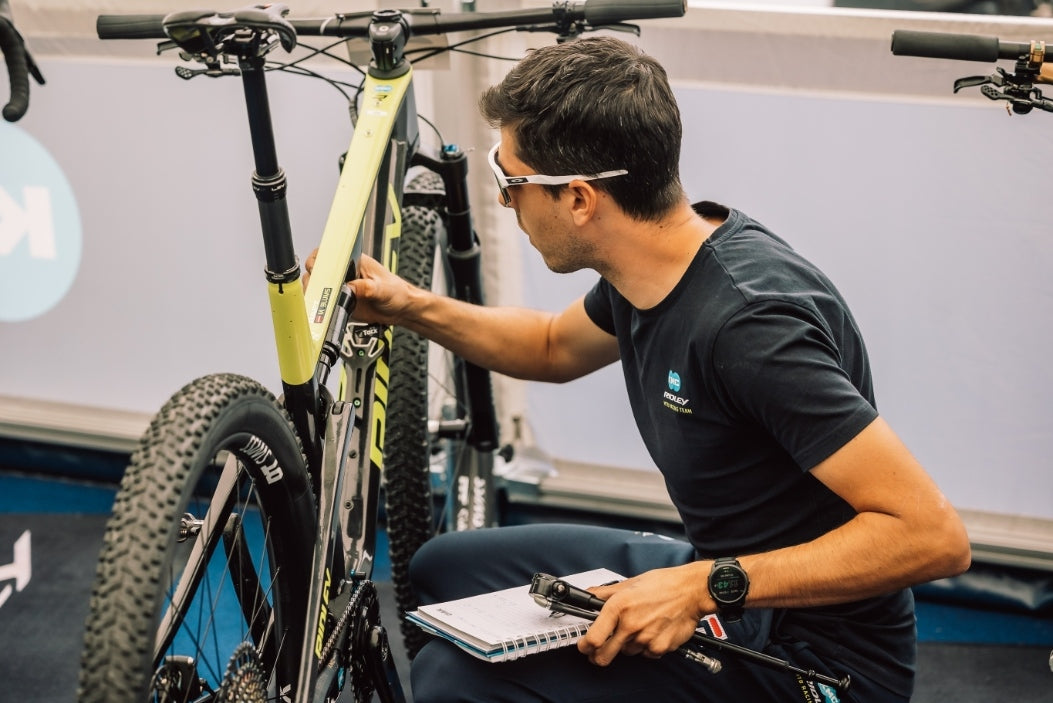The Grease Migration Problem: Don't Over-Lubricate Your Bearing Seats!

As a mechanic for a professional mountain bike team, maximizing efficiency and performance is paramount. One common mistake I see, even among experienced mechanics, is the over-application of grease to bearing seats and cups. Today, I want to clearly explain why this seemingly helpful practice can actually harm your bearings and slow you down.

The Common Misconception: More grease equals better protection and less noise.
The Reality: Excess grease on bearing seats can migrate into the bearing itself, leading to significant problems.
Our Simple Test, Shocking Results:
We took a bottom bracket bearing and lubricated it internally with the correct amount of semi-fluid grease (about 30% fill for optimal rotation). On the bearing seat, we applied a generous amount of high-viscosity grease, the type often used for sealing and preventing creaks.
After just three training rides (approximately six hours of riding), we disassembled the setup. The result? A significant amount of the thick seat grease had found its way past the bearing seals and contaminated the internal lubricant.


Why This is Bad for Your Bike:
* Over-Lubrication Inside the Bearing: Too much grease hinders the free movement of the bearing elements, increasing friction and making pedaling harder.
* Increased Resistance: This added friction translates directly to wasted energy and slower speeds.
* Water Trapping and Corrosion: The excess grease can trap water that enters the bearing. Unlike the designed internal lubricant, this thick grease won't effectively displace water, leading to corrosion and premature bearing failure.
* Shortened Bearing Life: Ultimately, this contamination and potential corrosion will significantly reduce the lifespan of your bearings, requiring more frequent (and costly) replacements.
The Pro Tip: Less is Truly More
When installing bearings, use a thin layer of appropriate grease on the bearing seats primarily for sealing against water and preventing creaking. The internal lubrication of the bearing is designed to handle the actual friction reduction.
The Takeaway:
Don't fall into the trap of thinking more grease on the bearing seats is better. It can migrate into the bearing, hindering performance and accelerating wear. Focus on proper internal lubrication and a minimal amount of grease on the seats for sealing. Your bike will roll faster and your bearings will last longer.
Think efficient, think fast, think minimal (on the bearing seats)!





Leave a comment